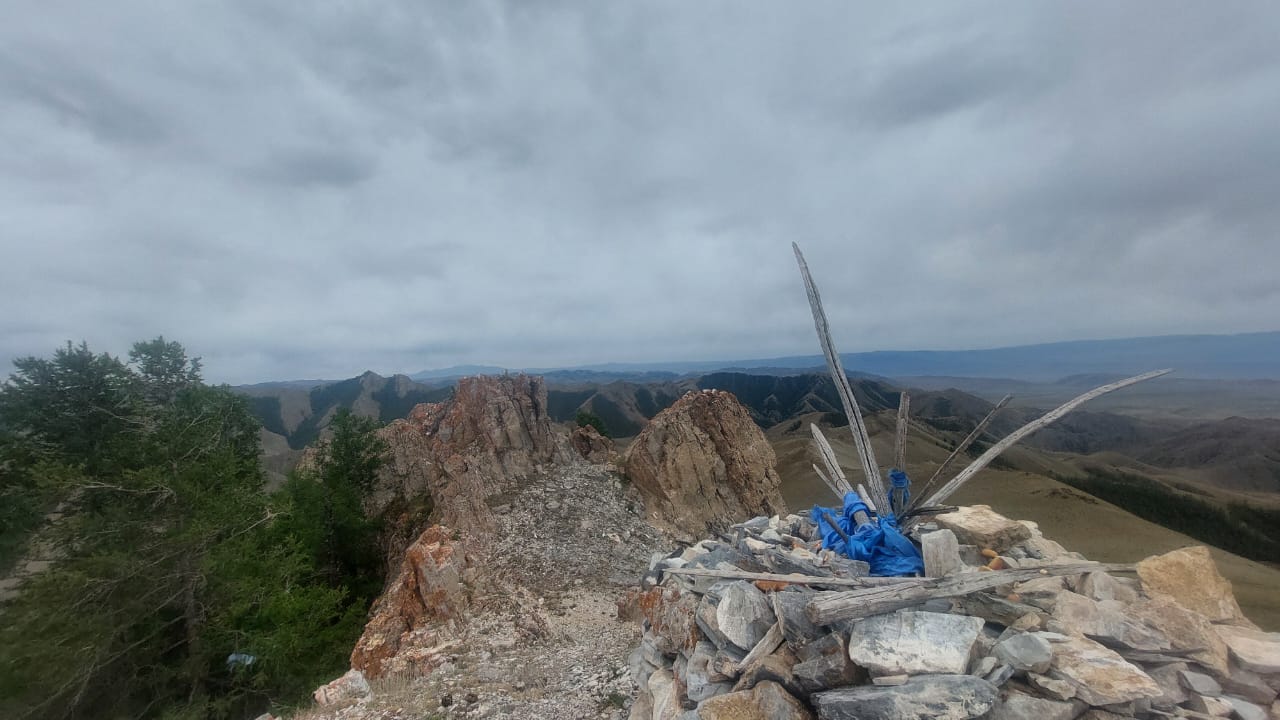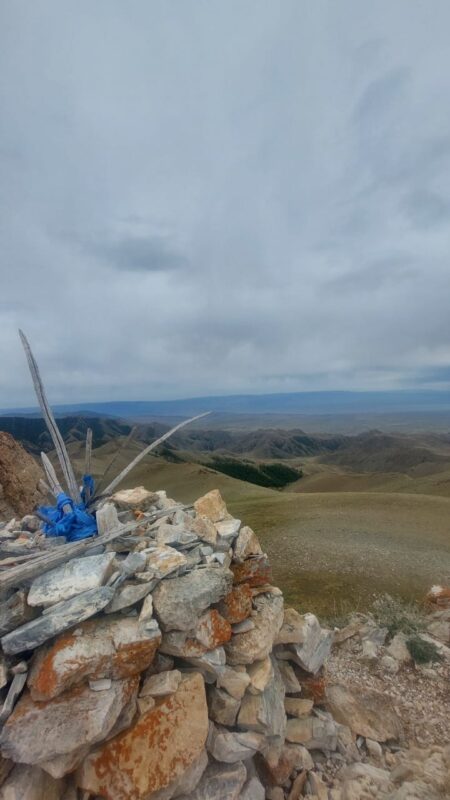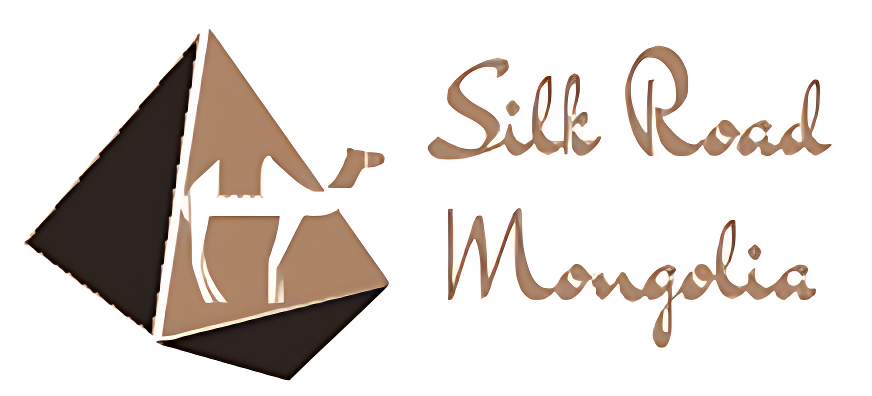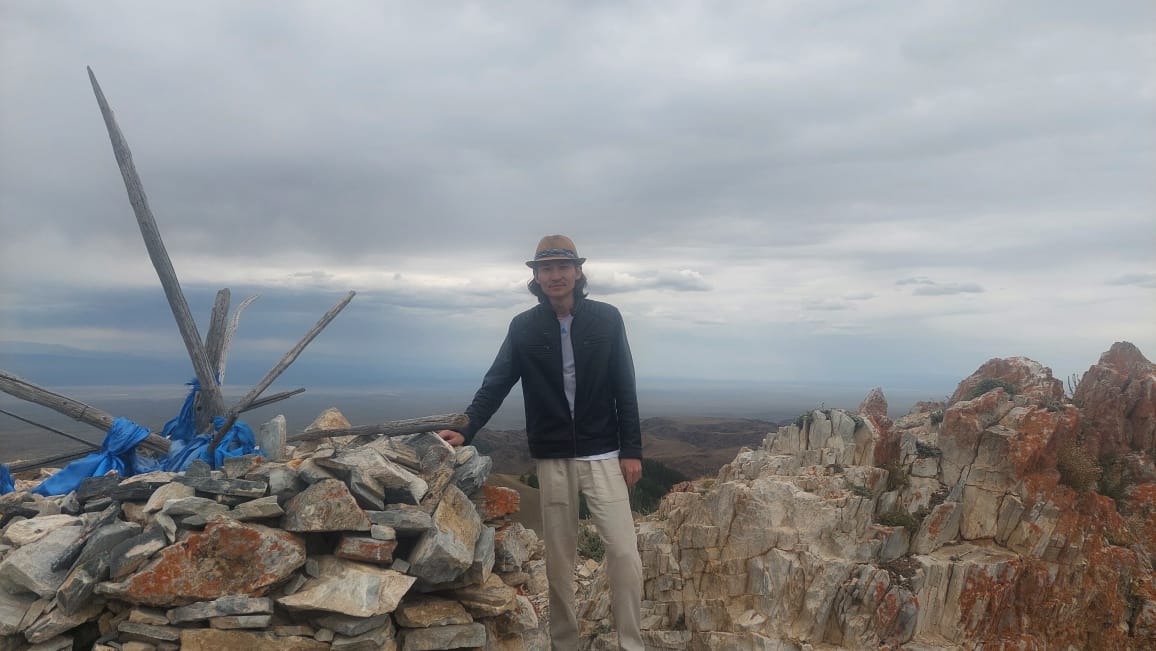Blog
Creepy Teepees of Mongolia | What You Need to Know About Mongolian Ovoo!
Mongolia, known for its vast, rugged expanses and nomadic culture, is home to a unique cultural symbol known as the Creepy Teepee or Ovoo. These structures, often created from piles of rocks or wood, pepper the landscape, serving as poignant reminders of ancient traditions and belief systems. Deeply intertwined with the local customs, the Creepy Teepee is a shrine, a meeting point, a protector, and a guide.
The Meaning of Creepy Teepee

Emerging from the raw, untouched landscapes of Mongolia, the Creepy Teepee or Ovoo, as it’s locally known, is a spiritual beacon. Rooted in Shamanistic beliefs and later adopted by Buddhism, these structures symbolize the enduring connection between the people and the divine. They serve as points of communication with spirits and gods, channels through which locals ask for blessings, protection, and purification.
Rituals and ceremonies are central to the life of the Creepy Teepee. The most common ceremony involves offering food items, such as vodka, butter, milk, and sweets, and placing a Buddhist ceremonial scarf when one encounters a Teepee. An intriguing aspect of the ritual is the act of adding stones to the structure while circumambulating it three times in a clockwise direction. This act, performed with devout reverence, is believed to bring good fortune, particularly for travelers embarking on a journey.
The Different Types of Creepy Teepee
Creepy Teepee, or Ovoos, take on various forms and purposes in Mongolian culture. Some are erected for children, in line with the taboo preventing them from climbing certain worshipped mountains. These smaller Ovoos allow children to participate in the ritual, thereby ensuring the tradition’s continuity.
In areas prone to natural disasters or inhabited by wolves, locals erect Ovoos as a plea for protection and good weather. This practice reflects the Mongolian herders’ deep respect for nature and their struggle for survival in a harsh climate. Travelers will also encounter Ovoos on roadsides, where they serve as markers and points of blessing for a safe and successful journey.

In some cases, individuals erect personal Ovoos in their local areas as a gesture of respect for nature or their birthplace. Other Ovoos are placed at mountain passes, serving as tokens of gratitude for safe passage and bountiful views. They even function as traffic regulators in modern times, with cars required to pass on the left-hand side or in a clockwise direction.
Finally, Ovoos also mark territorial borders, welcoming and bidding farewell to visitors. Some are situated on the top of sacred mountains or by the source of rivers, marking spiritual areas that command profound respect.
The Construction of Creepy Teepee
The construction of a Creepy Teepee or Ovoo depends on the region and available materials. In forested areas, you will find wooden Ovoos. In contrast, rocky areas feature rock cairns, and in the Gobi desert, sand and saxual tree Ovoos are common. Regardless of the material, Mongolians place a wooden pole in the middle of the structure and ceremonially tie offering silks or religious flags when they first erect the Ovoo. This pole is believed to create a connection between the area and the sky, earth, and worshipping spirits.
Over time, visitors add layers of offering silk, clothing silk materials, and religious flags to these poles as part of their rituals. Other common offerings include green tea blocks, religious pots, candies, biscuits, dairy products, small deity figures, and even banknotes. Some Ovoos are encased in a stone enclosure, particularly those erected at
the sources of rivers, springs, and streams, signifying their importance and reverence.
The Rituals Associated with Creepy Teepee
A trip to Mongolia would be incomplete without encountering numerous Creepy Teepees. When locals or travelers spot an Ovoo, they typically stop, walk around it three times in a clockwise direction, and make an offering. The preferred offering is to pick up three stones from a nearby place or the bottom of the hill and place them onto the Ovoo, contributing to its growth. For Mongolians, this act is a way of staying close to the sky, in keeping with tradition.
The Creepy Teepee Worshipping Ceremony
Shamanic worshipping and rituals form the origin of Ovoos. Shamans erect Ovoos in areas where they believe landlords exist, enabling them to connect with ancestor spirits through ritual. With the introduction of Buddhism in Mongolia, some shamanic rites were assimilated and enriched with Buddhist rituals.
The Creepy Teepee ceremony is not always religious but serves as a call to protect nature, express love for their homeland, and uphold tradition. These ceremonies usually take place in spring and autumn, appealing for rain in dry periods and a pleasant winter for the animals. Some mountains are state-worshipped by decrees of Mongolian presidents of different times, with the state-worshipped mountain Creepy Teepee ceremonies being popular events, sometimes even accompanied by mini Naadam festivals.
Conclusion
The Creepy Teepee or Ovoo is more than just a physical structure. It’s a symbol of Mongolia’s rich cultural heritage, a testament to its historical Shamanistic and Buddhist practices, and a reminder of its deep connection with nature. Whether they’re serving as religious shrines, landmarks for travelers, or protectors against natural disasters, these structures are a significant part of the country’s cultural fabric. So, the next time you’re traveling through Mongolia, take a moment to appreciate these humble structures and the profound cultural significance they carry.
How To Pay Respect as a Foreigner
it’s important to respect local customs and traditions when traveling to different countries. If you’re a foreigner visiting Mongolia and you encounter a Creepy Teepee (Ovoo), here’s how you can pay your respects:
- Approach the Ovoo Respectfully: Ovoos are sacred structures, so it’s crucial to approach them with a respectful attitude. Remember, you’re participating in a ritual that has been practiced for thousands of years.
- Walk Around the Ovoo Clockwise: When you reach the Ovoo, walk around it three times in a clockwise direction. This ritual is an integral part of the Ovoo tradition and should be adhered to when possible.
- Make an Offering: The traditional offering involves picking up three stones from a nearby location or from the bottom of the hill and adding them to the Ovoo. This act contributes to the growth of the Ovoo and symbolizes your participation in the ongoing tradition.
- Respect the Environment: As the Ovoos are often located in nature and are seen as a way to respect and protect the environment, ensure that you leave the area as you found it. Do not litter or disturb the wildlife.
- Remember Its Significance: Understanding the significance of the Ovoo is key to respecting it. Remember that it’s more than just a pile of stones or wood – it’s a shrine, a landmark, a protector, and a crucial part of Mongolian culture.
Please remember that not all Ovoos might be open for participation by foreigners or tourists. If you’re unsure, it’s always best to ask a local guide or someone knowledgeable about the local customs. Also, note that some Ovoos might be associated with specific rituals that should only be performed by those who follow the particular belief system. Always be respectful and considerate of these boundaries.

